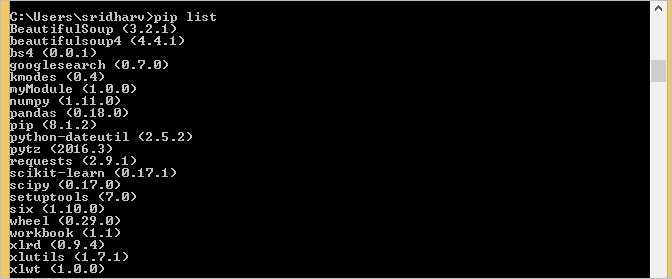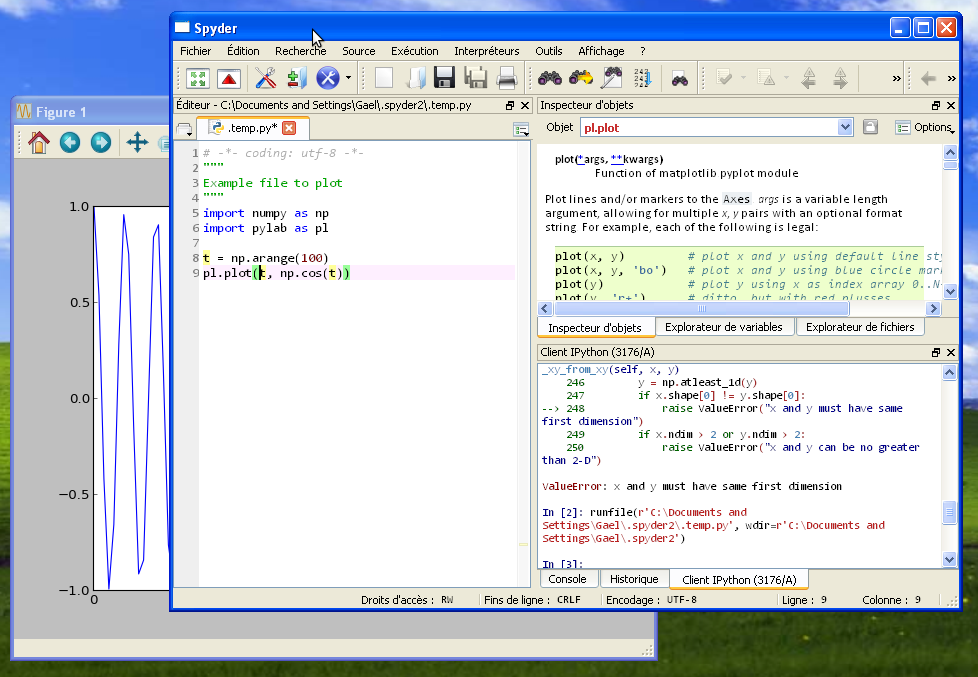
Install pip for python 2.7 and python 3 how to#
The rest of this blog post will detail how to install OpenCV 3.0 for both Python 2.7 and Python 3+on your Raspberry Pi 2. This tutorial works perfectly, but if you are looking to install OpenCV 2.4 on Raspbian Wheezy or OpenCV 3 on Raspbian Jessie, please see these tutorials: UPDATE: The tutorial you are reading now covers how to install OpenCV 3 with Python 2.7 and Python 3 bindings on Raspbian Wheezy. Install OpenCV 3.0 for both Python 2.7+ and Python 3+ on your Raspberry Pi 2 So if you’re interested in building awesome computer vision based projects like this, then follow along with me and we’ll have OpenCV 3.0 with Python bindings installed on your Raspberry Pi 2 in no time.

But now given the OpenCV 3.0 release, we can finally utilize Python 3+ in our projects.Īnd as you have seen elsewhere on the PyImageSearch blog, being able to utilize OpenCV on the Raspberry Pi has lead to be really great projects, such as an automated home surveillance and security system using Python + OpenCV + Dropbox + a Raspberry Pi 2: This is definitely an exciting tutorial - up until now only Python 2.7 was supported by OpenCV.

By the end of this step-by-step guide you’ll have the brand new OpenCV 3.0 library installed on your Raspberry Pi 2, along with either Python 2.7+ or Python 3+ bindings. You see, we’re going to take a step forward and learn how to install the (just released) OpenCV 3.0 library for both Python 2.7 and Python 3+ on your Raspberry Pi. Given these benefits and applicability to a wide variety of domains, it’s perhaps comes as no surprise that my tutorial on installing OpenCV and Python on your Raspberry Pi 2 and B+ is still one of the most popular posts on the PyImageSearch blog.īut today, that’s going to change - because I think this blog post will over take its predecessor become the most popular article on the PyImageSearch blog. Given its lost-cost, we can now undertake large-scale, distributed computer vision research projects using a fleet of Raspberry Pis. It’s awesome for businesses and products as they can deploy computer vision algorithms on cost-affordable and reliable hardware. The Raspberry Pi is also certainly prevalent in research and academia. It’s great for hobbyists and garage-room hackers, as you get to learn on a cheap, but super fun piece of hardware.

Honestly, I love the Raspberry Pi for teaching computer vision - it is perhaps one of the best teaching tools to expose programmers, developers, and students to the world of computer vision.


 0 kommentar(er)
0 kommentar(er)
